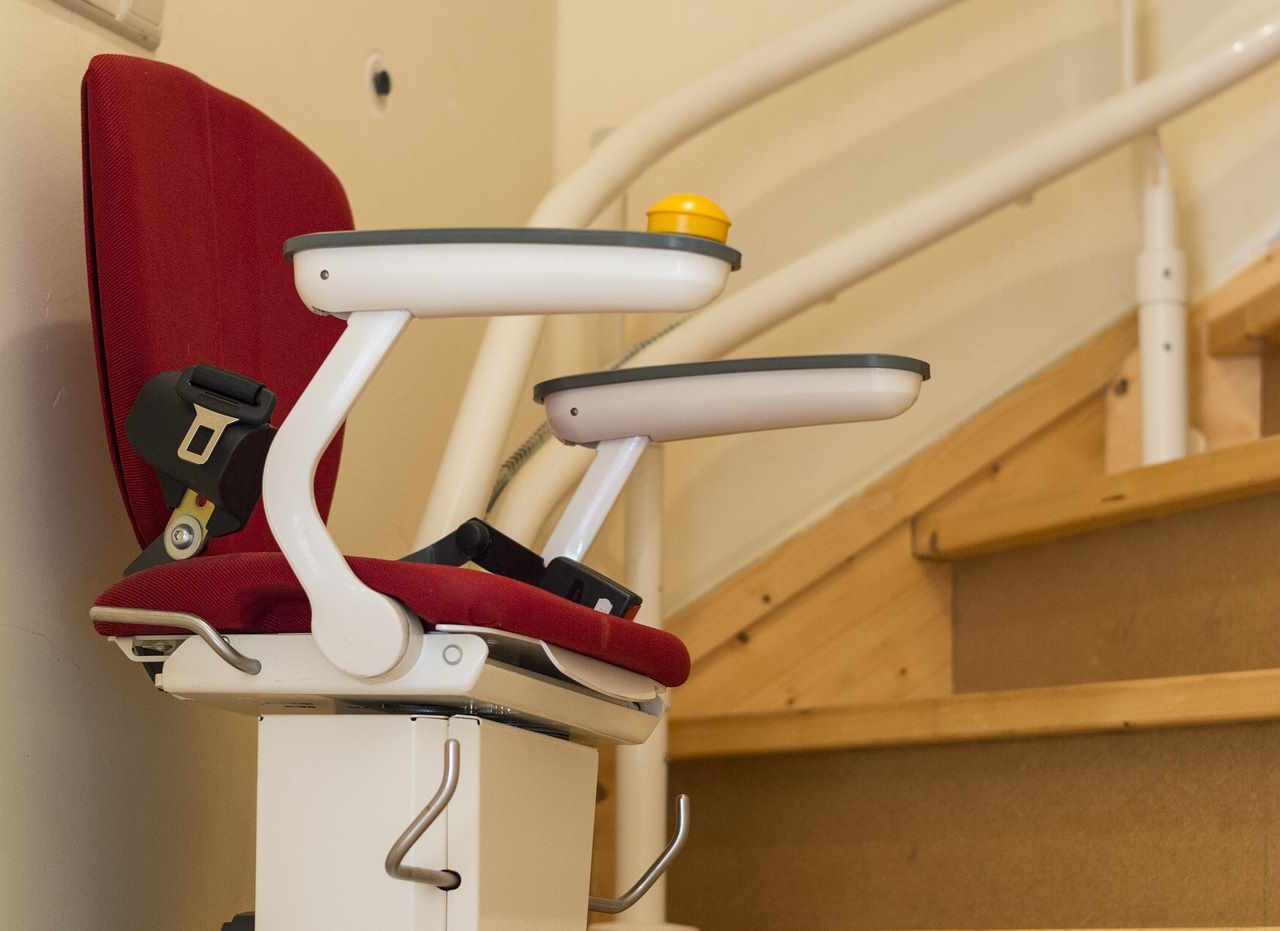Revolutionizing Mobility with Electric Lightweight Folding Wheelchairs
Electric lightweight folding wheelchairs represent a significant advancement in mobility technology, combining convenience, portability, and independence for users with various mobility needs. These innovative devices have transformed how individuals navigate their daily lives, offering unprecedented freedom while addressing the practical challenges of traditional wheelchair designs. With their compact folding mechanisms and battery-powered operation, these wheelchairs bridge the gap between manual chairs and bulky electric models, providing users with enhanced mobility options that adapt to modern lifestyles.
What Are the Key Benefits of Lightweight Electric Wheelchairs for Mobility?
Lightweight electric wheelchairs offer numerous advantages that significantly improve user experience and quality of life. The primary benefit lies in their reduced weight, typically ranging from 40 to 60 pounds compared to traditional electric wheelchairs that can weigh over 100 pounds. This weight reduction makes transportation and handling considerably easier for both users and caregivers.
The electric motor assistance eliminates the physical strain associated with manual propulsion, allowing users to travel longer distances without fatigue. Battery technology has advanced to provide ranges of 10 to 20 miles on a single charge, depending on terrain and user weight. The intuitive joystick controls enable precise maneuvering in tight spaces, making navigation through doorways, elevators, and crowded areas more manageable.
Additionally, these wheelchairs often feature adjustable seating positions, removable components, and customizable accessories that enhance comfort and functionality. The reduced maintenance requirements compared to heavier electric models also contribute to their appeal, as fewer mechanical complexities translate to lower service costs and increased reliability.
How Do Electric Lightweight Folding Wheelchairs Work?
Electric lightweight folding wheelchairs integrate sophisticated engineering with user-friendly design principles. The folding mechanism typically involves a cross-brace frame that collapses when the seat is lifted, similar to manual folding chairs but reinforced to support electric components. The motors, usually hub-mounted in the wheels, provide quiet operation while maintaining the chair’s compact profile.
The battery systems employ lithium-ion technology, which offers superior power-to-weight ratios compared to traditional lead-acid batteries. These batteries can often be removed for separate charging, allowing users to charge them indoors while storing the wheelchair elsewhere. The control systems feature programmable settings that can be adjusted for different user preferences, including speed limits, acceleration rates, and turning sensitivity.
Safety features include automatic braking when the joystick is released, anti-tip wheels, and battery level indicators. Many models also incorporate smartphone connectivity, allowing users to monitor battery status, locate their wheelchair, or adjust settings through mobile applications.
What Makes These Wheelchairs Revolutionary for Modern Mobility Needs?
The revolutionary aspect of electric lightweight folding wheelchairs lies in their ability to seamlessly integrate into contemporary lifestyles. Unlike traditional mobility solutions that required significant lifestyle adjustments, these wheelchairs adapt to existing routines and environments. Their airline-approved designs enable air travel without the complications typically associated with mobility equipment transport.
The folding capability allows storage in standard car trunks, eliminating the need for specialized vehicle modifications or wheelchair lifts. This portability extends independence beyond the home environment, enabling users to participate in social activities, employment opportunities, and recreational pursuits that might otherwise be challenging.
Technological integration represents another revolutionary aspect, with features like GPS tracking, remote diagnostics, and customizable control profiles. These smart capabilities not only enhance user experience but also provide valuable data for healthcare providers monitoring patient mobility patterns and equipment performance.
Several manufacturers offer electric lightweight folding wheelchairs with varying features and price points. Understanding the market landscape helps potential users make informed decisions based on their specific needs and budgets.
| Model | Manufacturer | Weight | Range | Price Range |
|---|---|---|---|---|
| EWheels EW-M45 | E-Wheels | 50 lbs | 15 miles | $2,500 - $3,000 |
| Pride iGo Fold | Pride Mobility | 60 lbs | 10 miles | $3,200 - $3,800 |
| ComfyGo X-8 | ComfyGo | 50 lbs | 12 miles | $2,000 - $2,500 |
| Foldalite Pro | Wheelchair88 | 35 lbs | 8 miles | $1,800 - $2,200 |
| Airwheel H3T | Airwheel | 42 lbs | 16 miles | $2,800 - $3,300 |
Prices, rates, or cost estimates mentioned in this article are based on the latest available information but may change over time. Independent research is advised before making financial decisions.
Who Can Benefit from Electric Lightweight Folding Wheelchairs?
Electric lightweight folding wheelchairs serve a diverse population with varying mobility needs. Individuals with temporary mobility limitations due to injury or surgery often find these chairs ideal for maintaining independence during recovery periods. The ease of transport and operation makes them suitable for users who may not have full upper body strength required for manual wheelchairs.
Seniors experiencing age-related mobility decline benefit from the electric assistance while maintaining the flexibility to travel and visit family. The lightweight design reduces caregiver strain when assistance is needed for transportation or storage.
Active individuals with permanent mobility impairments appreciate the versatility these wheelchairs offer for work and recreational activities. The professional appearance and compact size make them suitable for office environments, while the durability supports outdoor activities and travel adventures.
What Should You Consider When Choosing an Electric Lightweight Folding Wheelchair?
Selecting the appropriate electric lightweight folding wheelchair requires careful consideration of individual needs, lifestyle requirements, and environmental factors. Weight capacity represents a crucial specification, as exceeding manufacturer recommendations can affect performance, safety, and warranty coverage. Most models accommodate users weighing up to 250-300 pounds, though specific limits vary by manufacturer.
Battery life and charging requirements should align with daily usage patterns. Consider both the maximum range and typical daily distance requirements, factoring in terrain challenges that may reduce battery efficiency. Charging time, typically 6-8 hours for full capacity, should fit into daily routines.
Seat dimensions, cushioning quality, and adjustability features directly impact comfort during extended use. Many models offer optional accessories like headrests, armrest adjustments, and specialized cushioning that can be added based on individual needs.
Insurance coverage and Medicare eligibility vary significantly based on medical necessity documentation and specific product classifications. Consulting with healthcare providers and insurance representatives before purchase helps ensure proper coverage and reduces unexpected expenses.
This article serves as a comprehensive guide to understanding electric lightweight folding wheelchairs and their impact on modern mobility solutions. These innovative devices continue to evolve, incorporating new technologies and design improvements that enhance user independence and quality of life. As the technology advances, these wheelchairs will likely become even more integrated into daily life, further revolutionizing how society approaches mobility assistance and accessibility.
This article is for informational purposes only and should not be considered medical advice. Please consult a qualified healthcare professional for personalized guidance and treatment.





